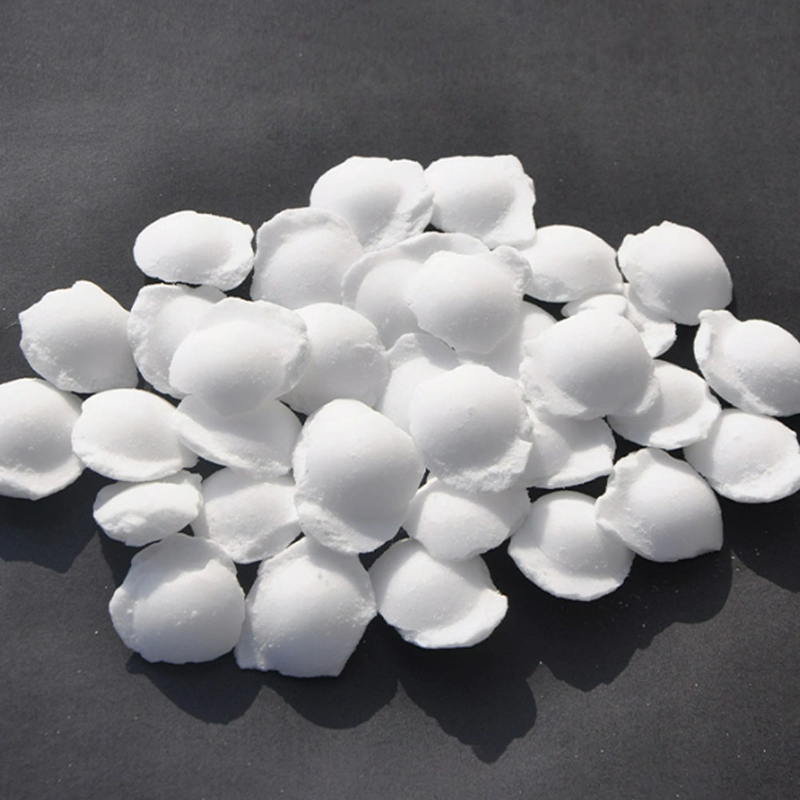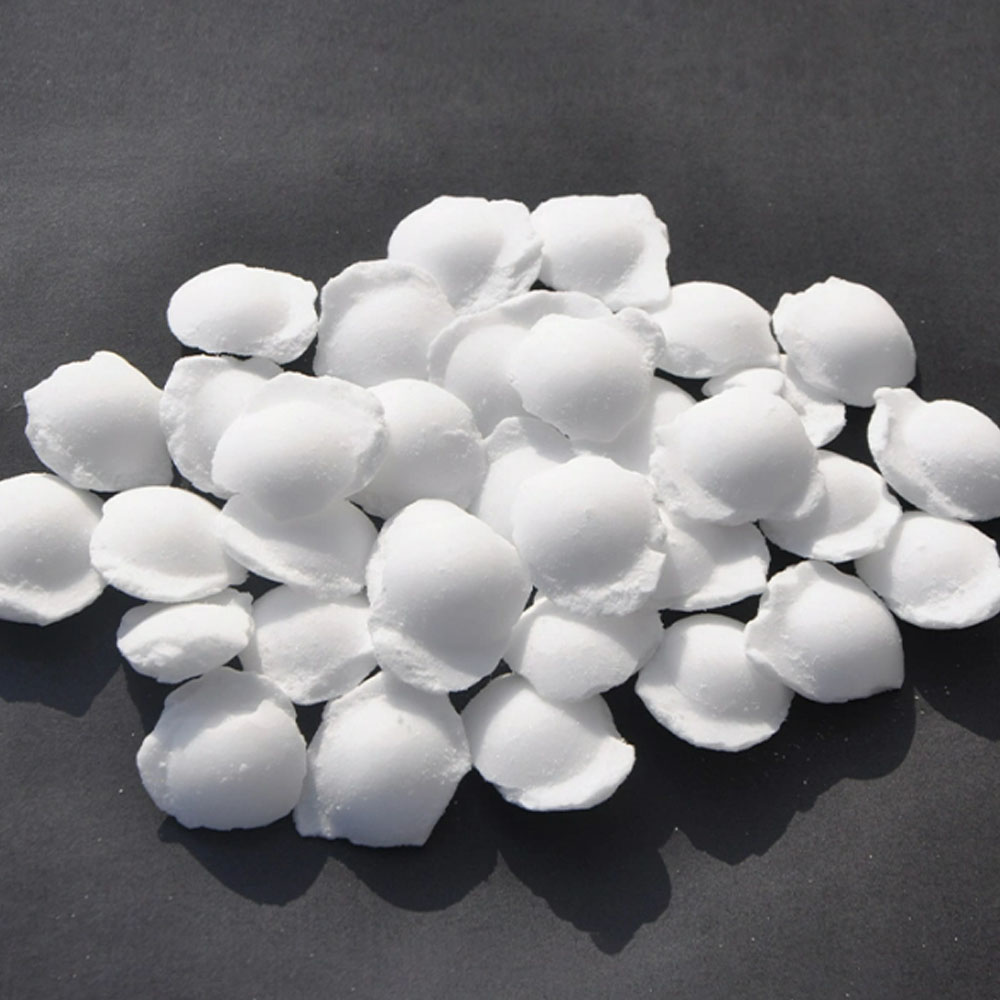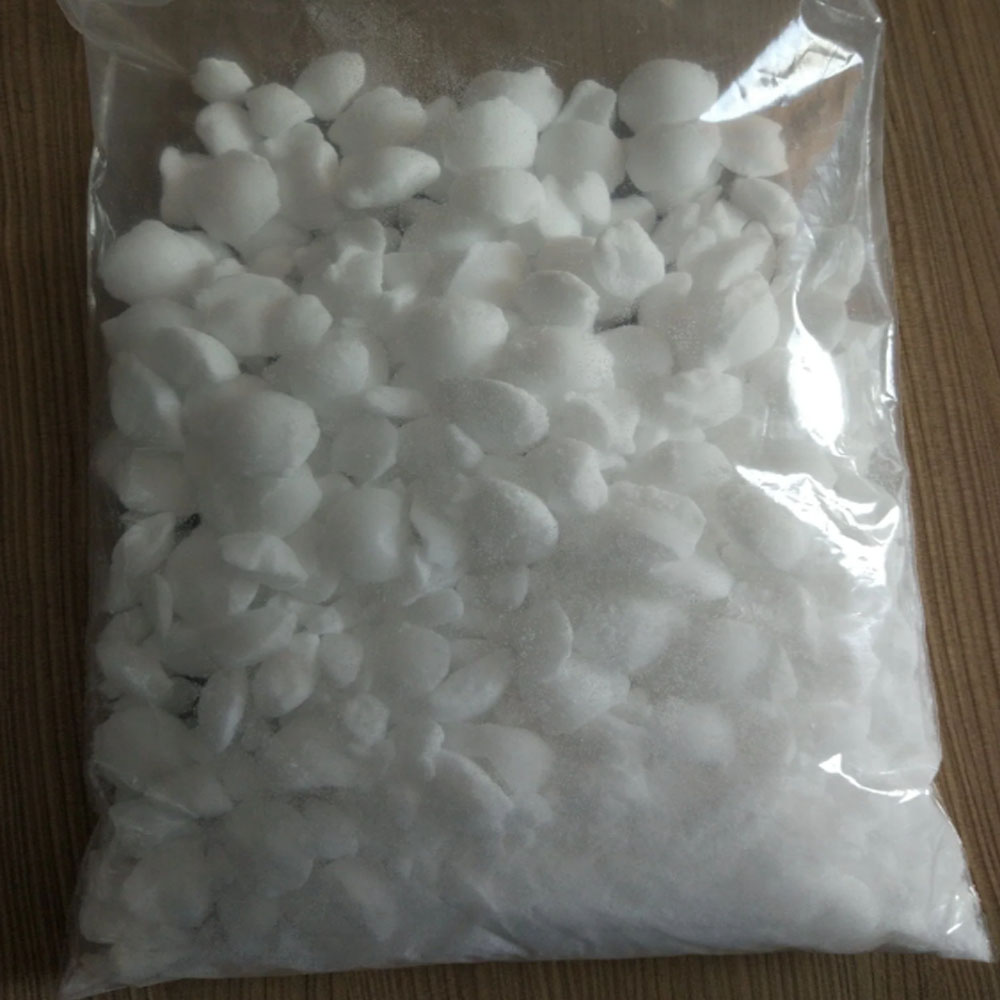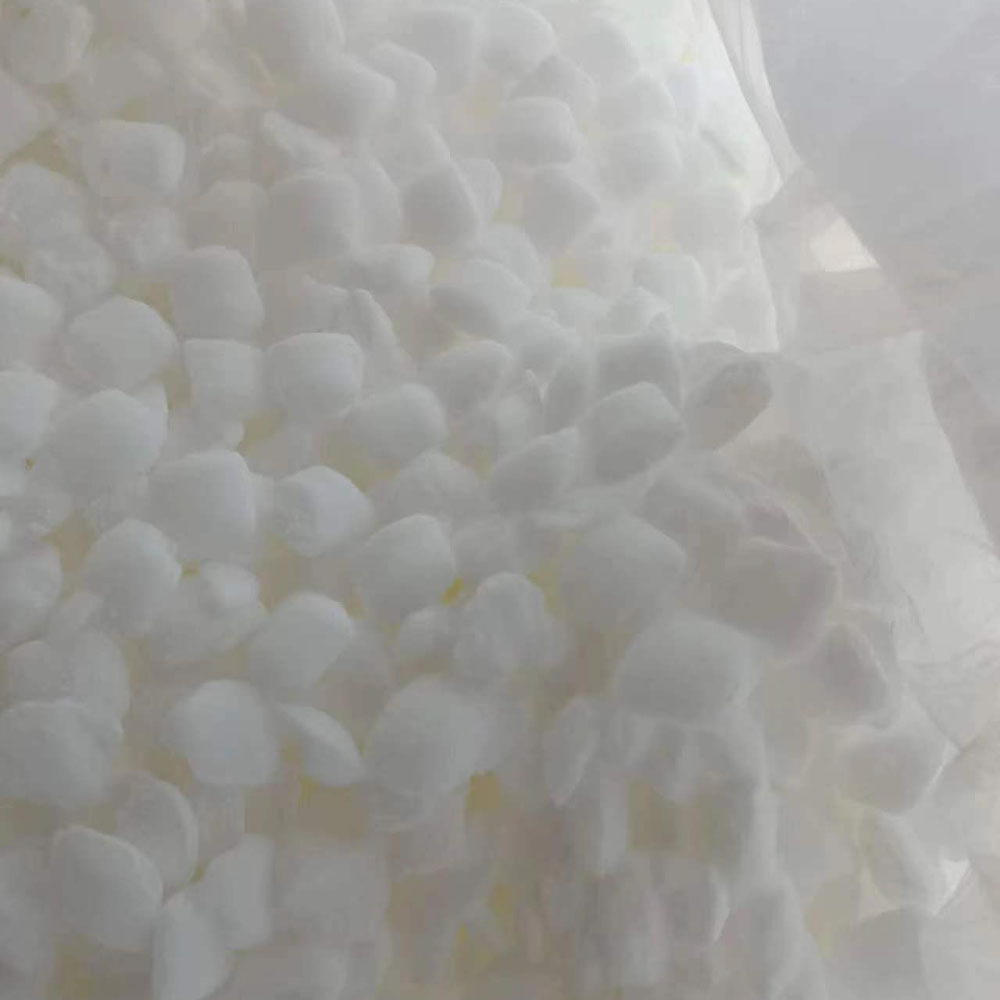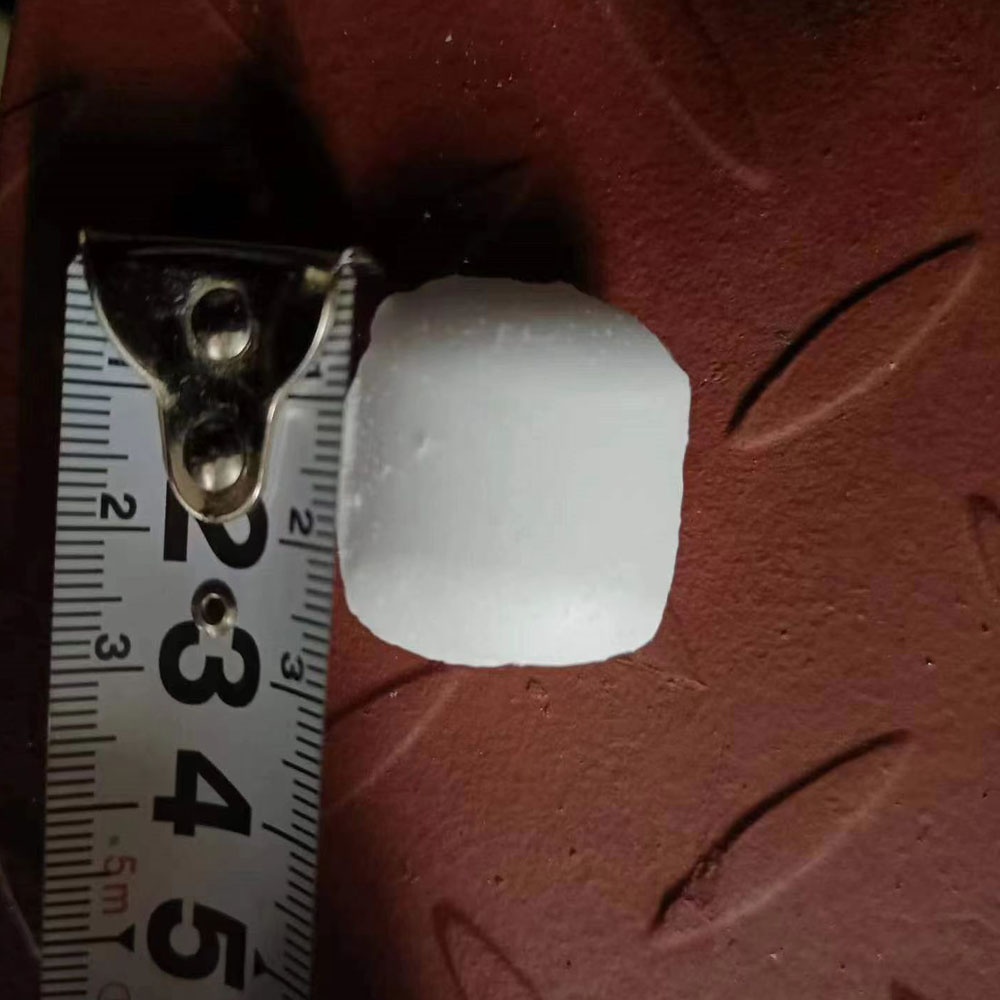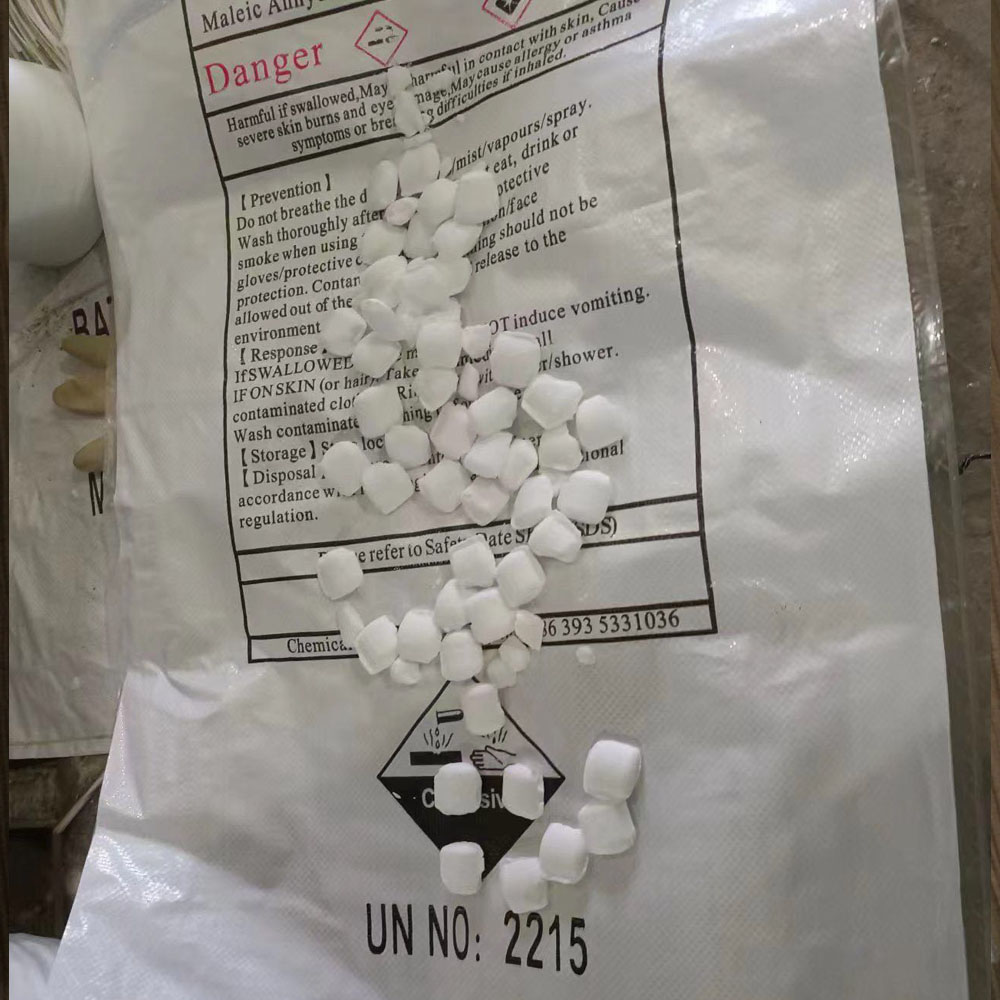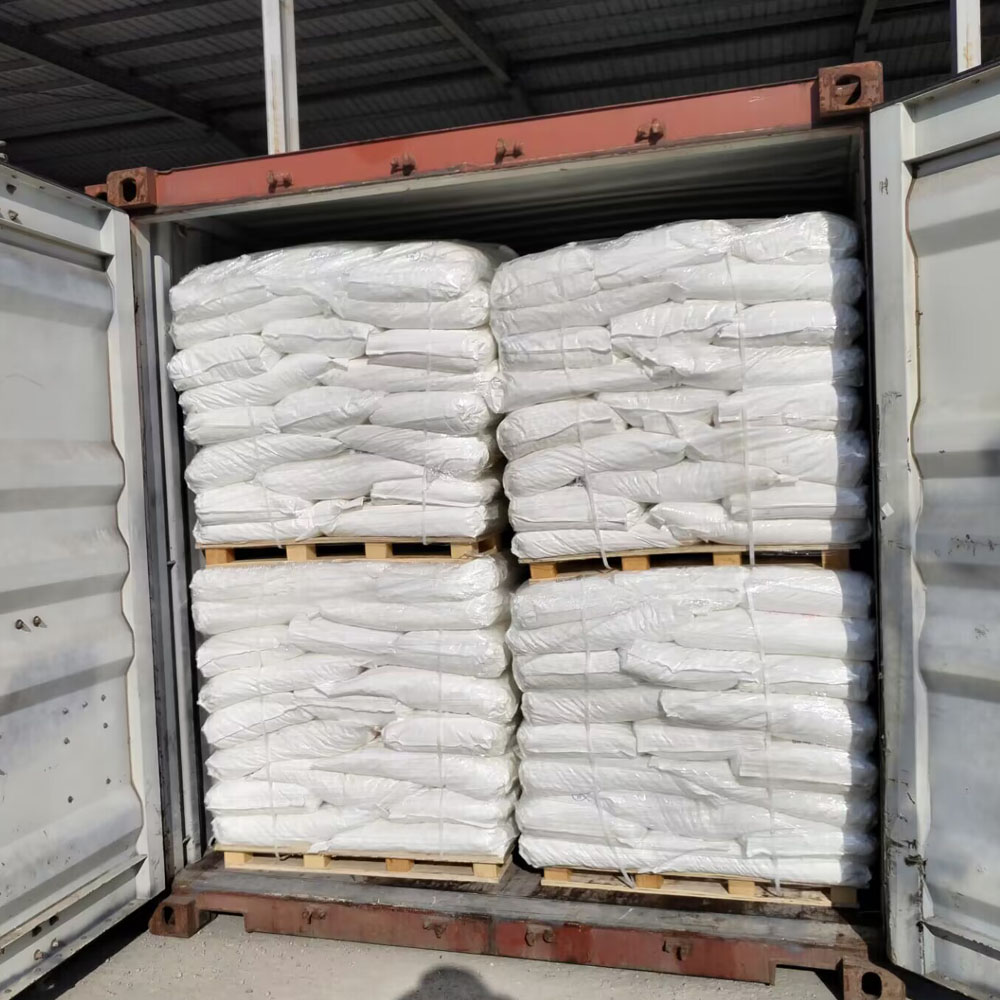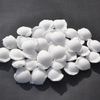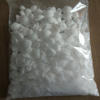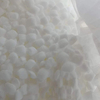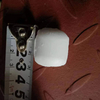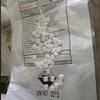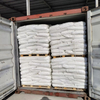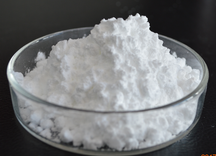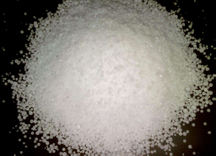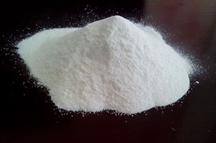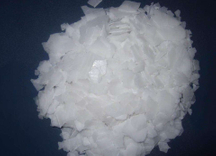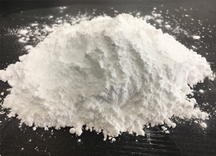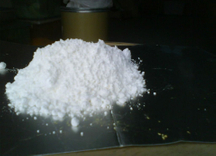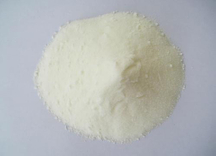HOT SALE Maleic Anhydride 99.5%Cis-Butenedioic Anhydride for Unsaturated Polyester Resin
![MA5]()
1. PRODUCT INDEX:
Molecular Formula: C4H2O3
Molecular Weight: 98.058
CAS No.: 108-31-6
Property: It is a kind of white briquettes with heavy irritant oder. Sp. gr. (solid) 1.48, m. p, 52.8°C, b.p200°C (760mmHg), also readily sublimates. soluble in water, forming maleic acid
Used mainly for synthesizing unsaturated polyester resins, coatings, pharmaceutics, pesticides, lubricating oil additives,foodstuff additives etc.
At room temperature, it is a white flaky crystal with irritant odour and sour, inflammable and sublimating. It can be freelydissolved in water to form maleic acid. It has a specific density of 1.480, a melting point of 52.85 °C, and a boiling point of 202°C.
Maleic anhydride is colorless crystal with strong pungent smell. Its freezing point is 52.8 ºC, boiling point is 202 ºC, and it is easy to sublimate. It is mainly prepared by oxidation of n-butane or butene in benzene or C4 fraction. It is the raw material for unsaturated polyester production and organic synthesis.
| PRODUCT NAME | MALEIC ANHYDRIDE |
| MELECULAR FORMULA | C4H2O3 |
| CAS NO | 108-31-6 |
| CONTENT | 99.5%
|
| PACKING: | 25KG ONE BAG, 25MT/20'GP |
| HS CODE | 291714000 |
2. Maleic anhydride uses
1.It is mainly used to produce unsaturated polyester resin, alkyd resin, pesticide malathion, high efficiency and low toxicity pesticide 4049 and long-acting iodamine. It is also a coating, maleic rosin, polymaleic anhydride, maleic anhydride styrene copolymer. It is also an organic chemical raw material for the production of ink additives, papermaking additives, plasticizers, tartaric acid, fumaric acid, tetrahydrofuran, etc. It can be used as curing agent of epoxy resin, and can be used
to manufacture succinic acid, succinic anhydride, etc. in organic synthesis. It is used in the pharmaceutical industry to manufacture long-acting sulfonamides and other drugs. In the food industry, it is used to manufacture sour agents, such as malic acid and tartaric acid.
2.Used in organic synthesis, synthetic fiber intermediate. Used as an analytical reagent, such as a reagent for the determination of organic compounds with conjugated double bonds.

